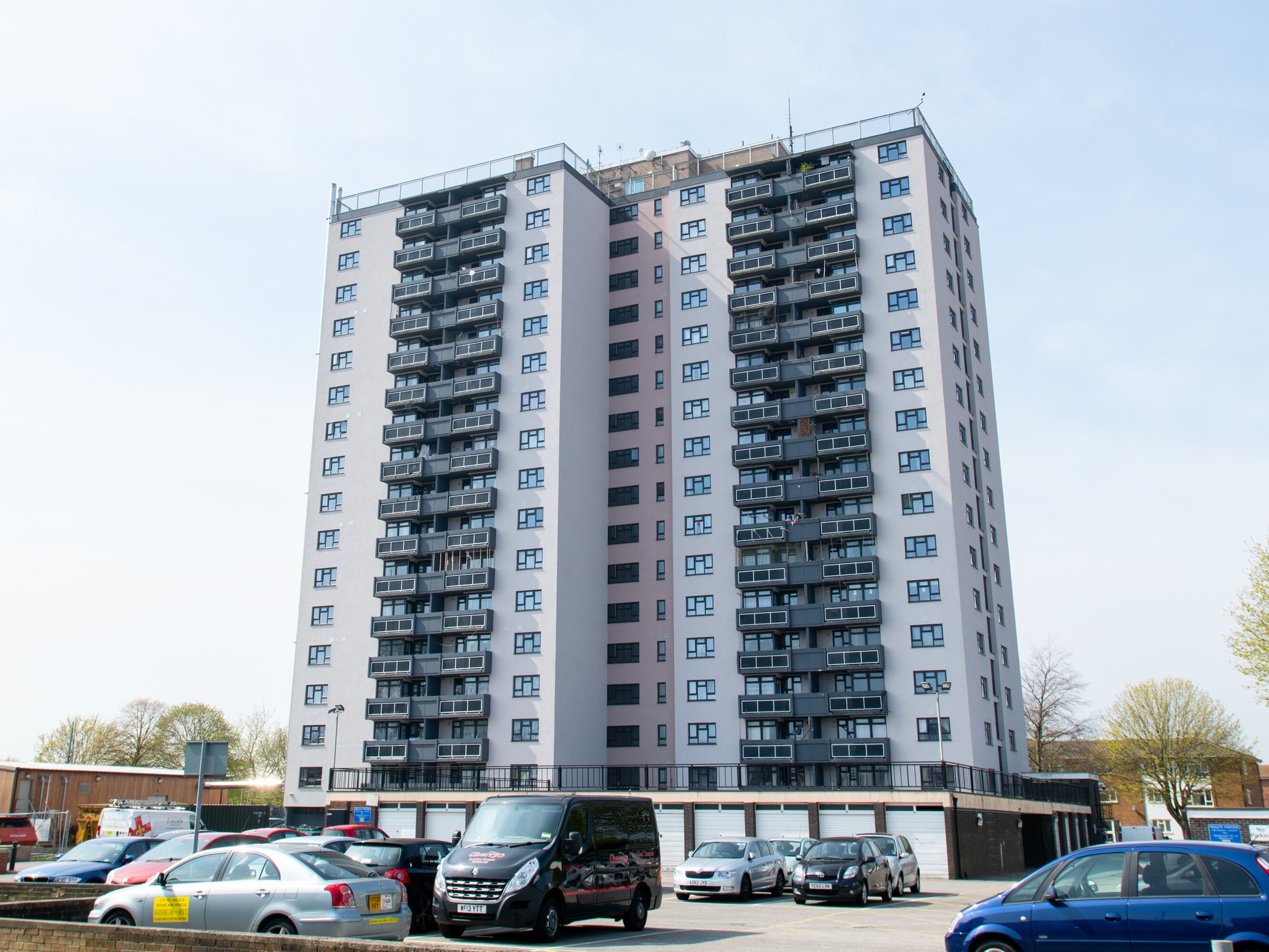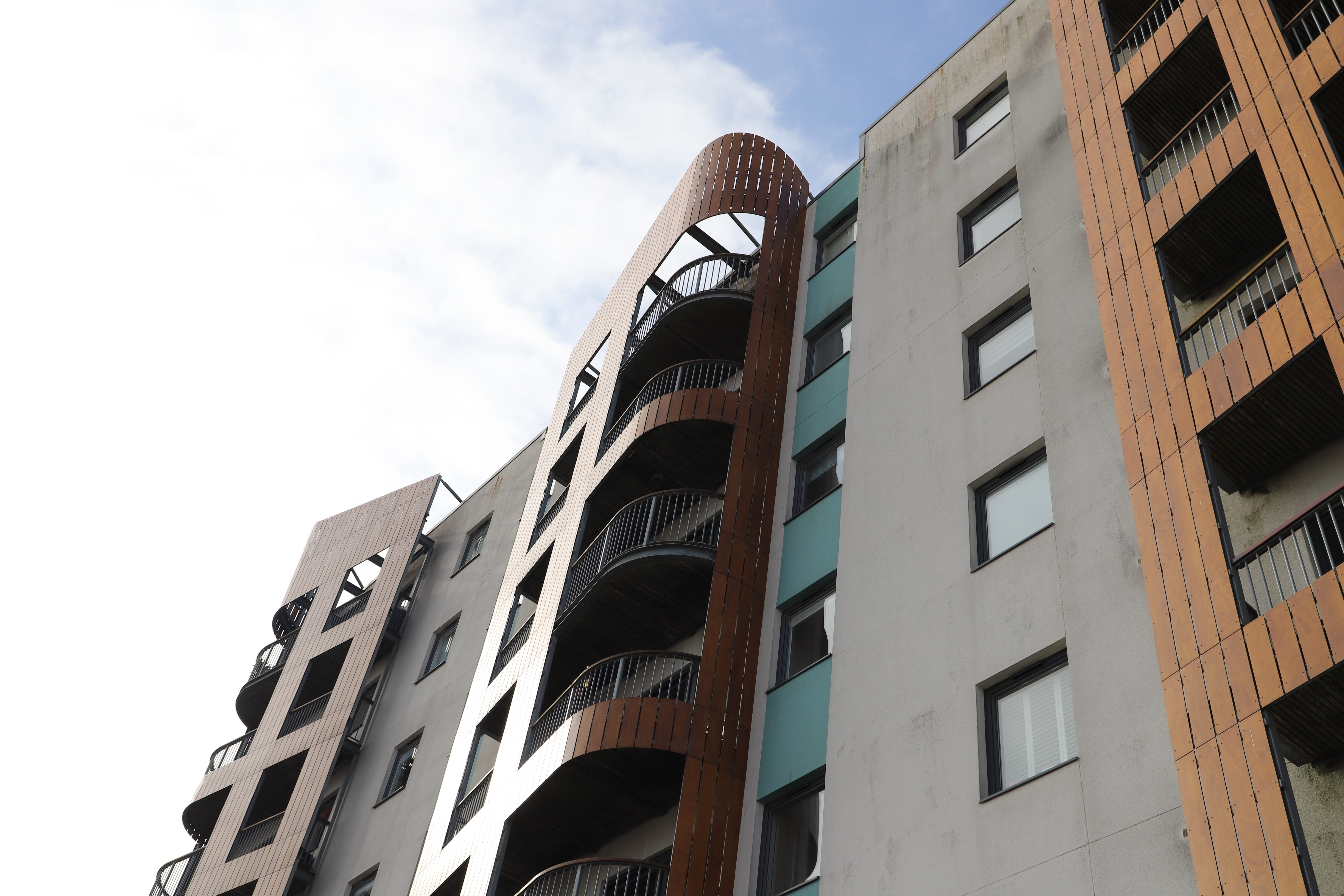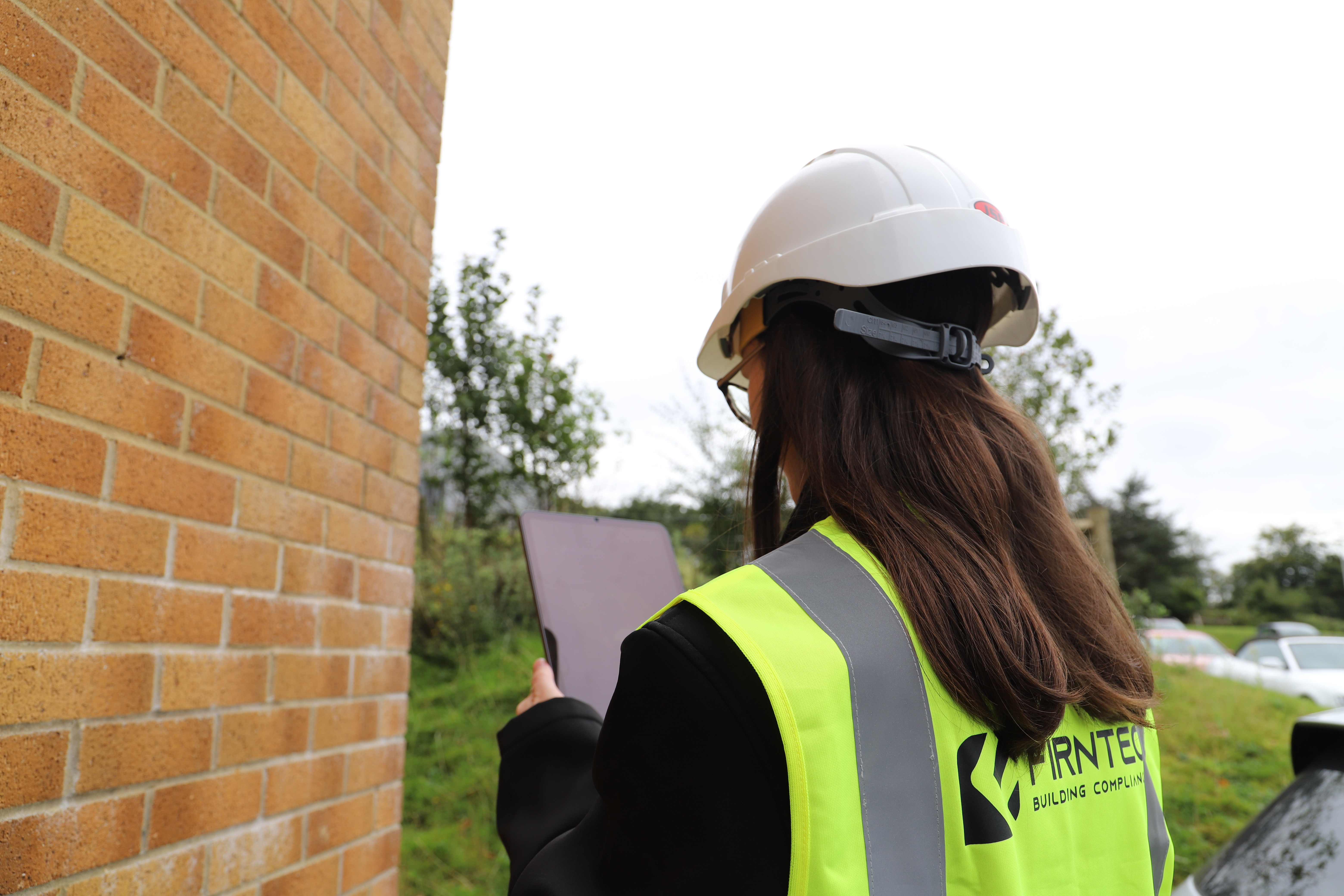How the role of Structural Engineer has changed with the introduction of the Building Safety Act

The Building Safety Act, which received royal assent in April 2022 and will be fully implemented by October 2023 in the UK, aims to improve the safety of buildings and increase accountability for those responsible for the design, construction, and management of high-risk buildings. The role of the structural engineer has changed significantly as a result of this legislation which we have detailed within this article
For the full legislation update please click here
Building Safety Regulator
One of the key changes is the introduction of the new regulatory framework for higher-risk buildings, which will require structural engineers to take on a greater level of responsibility for ensuring the safety of the buildings which they design. This includes the requirement for all structural engineers to be registered with a new professional body, the Building Safety Regulator, which will oversee the safety of higher-risk buildings.
For further information on the Building Safety Regulator please click here
Collaboration and communication – The Golden Thread of Information
In addition, the Building Safety Act places a greater emphasis on the need for collaboration and communication between different professionals involved in the design and construction of buildings, including structural engineers. This means that structural engineers will need to work more closely with other professionals, such as architects, contractors, and fire safety experts, to ensure that buildings are designed, constructed and maintained in a safe and compliant manner.
The Golden thread of information is critical for ensuring the long-term success and safety of a building. By maintaining a consistent set of information throughout a building’s lifecycle, it becomes easier to identify areas for improvement and to make informed decisions about how to evolve the safety systems over time. This is essential for ensuring that the building safety remains effective in the face of changing requirements and expectations.
For more information on the golden thread of information, click here
Assessments and remediation works
Another hugely important aspect of the Building Safety Act is the requirement for ongoing safety monitoring and reporting for higher-risk buildings. This means that structural engineers will need to be involved in the ongoing safety assessment of these buildings, including the identification of potential safety risks and the development of appropriate remedial measures.
The Building Safety Act has led to a significant increase in the level of responsibility and accountability placed on structural engineers for ensuring the safety of the buildings they design, construct, and manage. This requires structural engineers to have a thorough understanding of the new regulatory framework, as well as a commitment to ongoing collaboration, communication, and safety monitoring throughout the life cycle of a building.
For further information on any of our new services, or if you have any questions at all then please contact one of our consultants on the form below.







